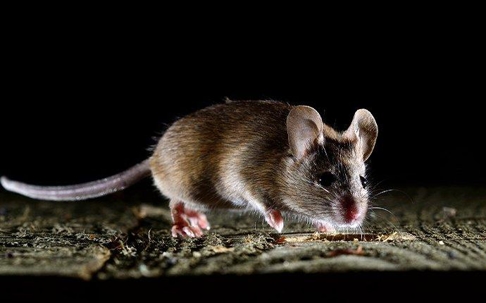Have you had the experience of laying in your bed, the lights are out, and you can't fall asleep? While you are resting in the stillness, waiting for the sandman to show up, you hear a scratching sound in the corner of the room. Suddenly, you perk up and wonder what is in the walls. Then it hits you — rodents are in your walls. You begin to wonder what kind of animals are in the house. Do you have mice and rats inside the house? Are they underneath in the crawlspace? Where are the rodents in your home?
If you have heard the sounds or seen the signs of rodents in your house, you need the Yakima County pest control professionals from Prosite. Our trained experts remove rodents like mice and rats from homes so you can rest easy at night.
How Mice And Rats Differ In Appearance
In our area, there are two prominent types of rats, Norway and roof rats, and there is one predominant mouse species, the house mouse. The are differences between Norway and roof rats and house mice. These are the differences between the three rodents:
- Body: Norway rats have a thick, heavy 11-ounce body; roof rats have a seven-ounce slender grey body with black hairs, and house mice have a 1/2-ounce light brown body with grey shading, a small head, and tiny feet.
- Snout and ears: Norway rats have a blunt nose and short ears; roof rats have large ears and a pointed snout; house mice have pointed snout and large ears.
- Tails: Norway rats have a tail shorter than the length of their head and body; roof rats have a long, thin, scaly tail that is longer than the head and body combined, and house mice have a long or longer tail than the head and body.
Overall, mice are smaller compared to rats.
Both Rats And Mice Are Dangerous To Have In Your Home
Rats and mice are rodents, and rodents in the house endanger family members by exposing them to pathogens. Norway and roof rats spread jaundice, rat-bite fever, cowpox virus, trichinosis, salmonellosis, and typhus. House mice transmit leptospirosis, lymphocytic choriomeningitis (LCM), tularemia, and salmonellosis.
Disease-causing organisms attach to the fur of the rodents as they travel over fecal matter, rotting garbage, and other unsanitary items and locations. As they move through your home, the pathogens fall off and contaminate the surfaces. Bacteria and viruses may also spread when handling a dead rat or mouse without gloves.
Rats and mice have continually growing incisors causing them to gnaw constantly on items. When they chew on food packaging or other objects, their infected saliva pollutes the things and potentially spreads to humans when handled. Also, diseases spread when the rodent bites.
Prevention Tips For Mice And Rats Are Very Similar
To avoid an infestation of rats and mice, we recommend these prevention tips:
- Keep lids closed on outdoor and indoor garbage cans.
- Seal gaps in the foundation, along roof lines, and around windows.
- Remove debris from the yard.
- Eliminate cardboard storage containers in the home and replace them with sealable plastic storage units.
- Remove pet food from bowls at the end of the day.
- Store food products in air-tight plastic containers.
- Wash and store dishes before bed each night.
- Vacuum the house regularly.
- Wipe down cooking and eating surfaces after each meal.
These preventative steps will keep rats, mice, and all different types of rodents out of your Yakima County home.
Professional Rodent Control Is The Best Way To Get Rid Of Mice Or Rats
The best way to get rid of rats and mice is to obtain the team from Prosite. Our trained experts will inspect your home, locate the hot spots of infestation, develop a customized strategic treatment plan, and remove the rodents from your home. Contact us today!

